Context: Countries around the world are currently navigating their strategies for combatting climate change, with each nation bringing its own set of concerns and interests to the forefront at the U.N. climate summit in Dubai, UAE.
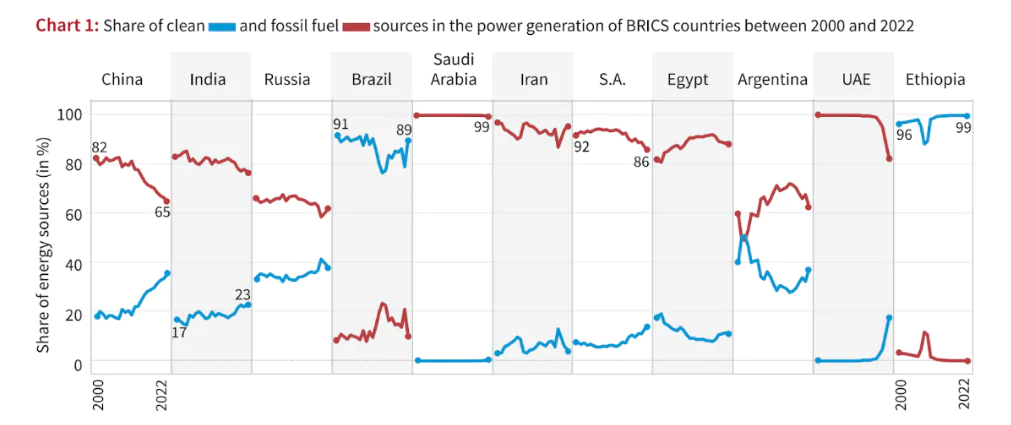
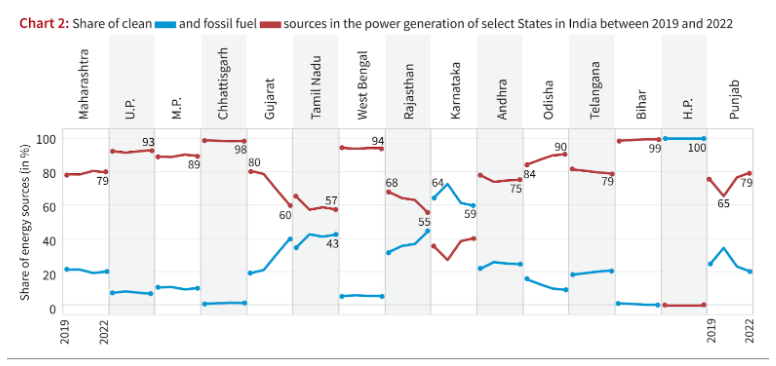
Context: The Privileges Committee of Rajya Sabha was convened recently to discuss unresolved complaints against Opposition MPs.
News Source: The Hindu
Context: The first round of auction for critical and strategic minerals, featuring 20 blocks, will be initiated by the government on November 29, 2023.
| What are critical minerals?
Critical minerals are those minerals that are at risk of supply shortage, which may have a larger impact on the economy compared to that of other raw materials. |
|---|
Also read: Global Action on Critical Minerals Outreach Programme
Further Reading: Critical Mineral Supplies Vital To Clean Energy Shift, Amendments to the Mines and Minerals (Development And Regulation) Act
News Source: Business Standard
Context: The Defence Minister revealed the Indian Navy’s stealth guided missile destroyer named INS Imphal.
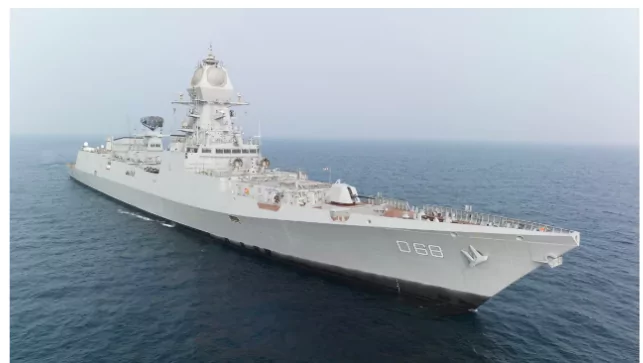
News Source: Indian Express
Context: India has voted to support a draft resolution at the UN General Assembly, expressing concern with Israel’s failure to withdraw from the Syrian Golan Heights.
About UNGA: The UNGA is the only universally representative body of the United Nations.
Functions of the UNGA:
United Nations Security Council Resolution 497 (1981):
|
|---|

For more information related to UNSC, refer to UNSC
News Source: Economic Times
Context: Pressmud, a residual byproduct in the sugar industry commonly referred to as filter cake or press cake, has been recognized as a valuable resource for the production of green energy.
What is Compressed Bio-Gas (CBG)?
|
|---|
Sugar sector in India
By Product of Sugar Industry:
|
|---|
News Source: DTE
Context: The National Aeronautics and Space Administration (Nasa) and the Indian Space Research Organisation (ISRO) will collaborate to place an Indian astronaut on the International Space Station(ISS) by 2024.
For more information related to ISS, refer ISS
Also Read: Initiative on Critical and Emerging Technologies (iCET)
News Source: Live Mint
Context: Recently, the Virgin Atlantic flight achieved a significant milestone by operating the world’s first flight using 100% Sustainable Aviation Fuel (SAF).
News Source: Economic Times
Context: European multinational companies facing substantial tax demands in India are urging the Supreme Court to reconsider a landmark verdict.
| LAW OF TREATIES
Introduction: Importance of the law of treaties
The Vienna Convention on the Law of Treaties, 1969
|
|---|
News Source: Livemint
Context: Government Urges Financial Institutions to register with the Citizen Financial Cyber Fraud Reporting and Management System (CFCFRMS) platform, developed by the Indian Cyber Crime Coordination Centre (I4C).
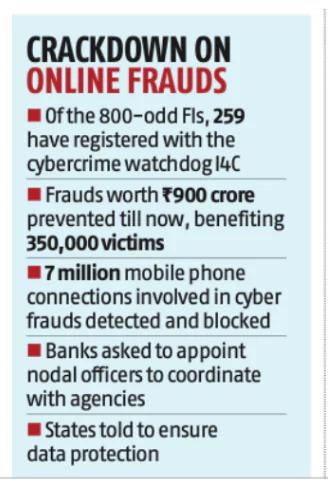
About Financial Institution (FI):
|
|---|
| Citizen Financial Cyber Frauds Reporting and Management System has been developed for quick reporting of financial cyber frauds and monetary losses suffered due to the use of digital banking/credit/debit cards, payment intermediaries, UPI, etc. |
|---|
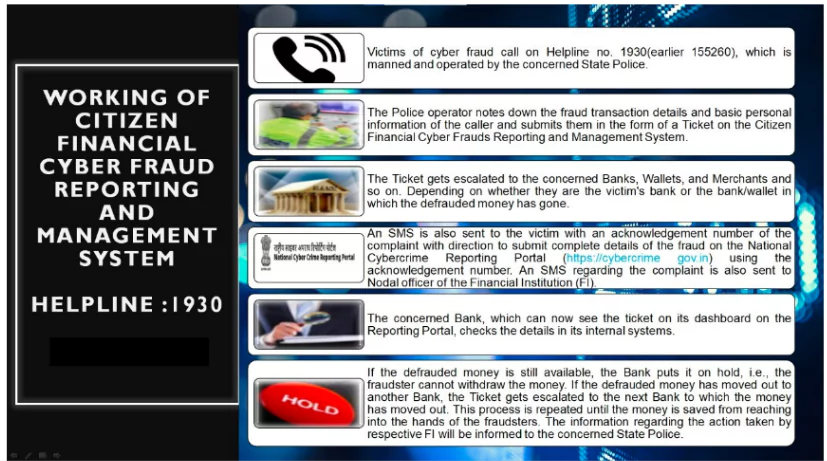
News Source: Business Standard
Context: In 2022, global patent filling reached new heights, driven by the innovators from India and China propelled by high levels of innovation, entrepreneurship, and digitalization.
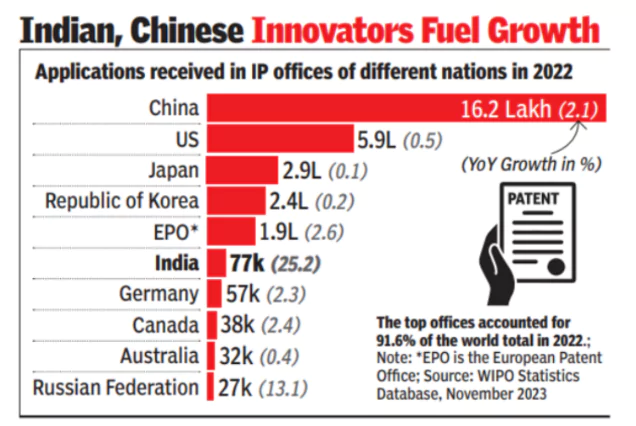
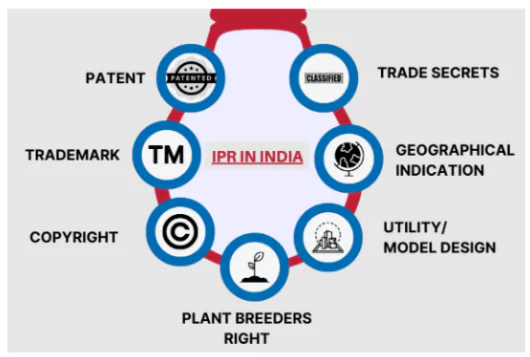
Some of the Salient Features of Indian Patent Act of 1970:
|
|---|
Chinese Patent Experience:
|
|---|
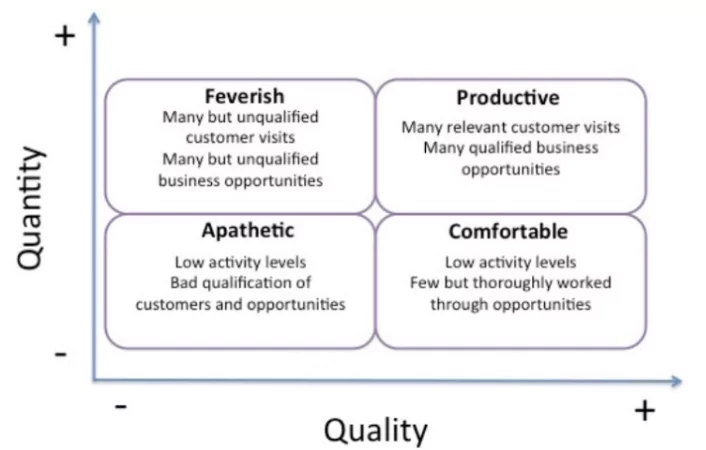
Government Activities Under the National IPR Policy:
|
|---|
News Source: Mint
Context: Recently, the Chief Justice of India (CJI) announced his intent to create constitutional benches of varied strengths as a permanent feature of the Court.
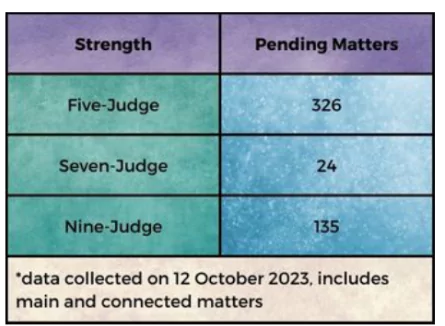
|
|---|
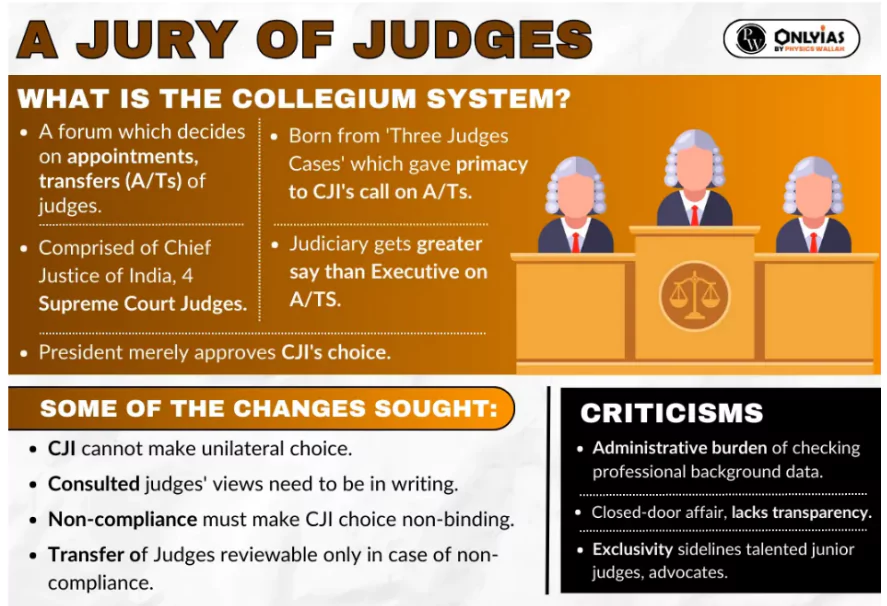
Separate Constitution Bench: the work of the Supreme Court could be split so that there is a Final Court of Appeal and a permanent Constitution Bench to ensure greater judicial stability and consistency.
Regional benches of SC: In 2009, the 229th Law Commission report recommended that four regional benches of the Supreme Court be set up, rather than a separate Court of Appeal, which can deal with appeals from their regions, while the constitution bench would sit in Delhi.
Use of Digital Technology: Technology is the “best tool” courts could wield against the inefficiency and opacity in judicial processes and to overcome the procedural barriers to justice.
Gender and Social diversity: Making it mandatory to include one woman, one Scheduled Caste and one Scheduled Tribe member in the collegium to recommend judges to the higher judiciary would help to ensure gender and social diversity.
Increasing Retirement Age: Justice Venkatachalaiah Report(2002) recommended raising the retirement age of High Court and Supreme Court judges to 65 and 68, respectively.
Source: The Hindu
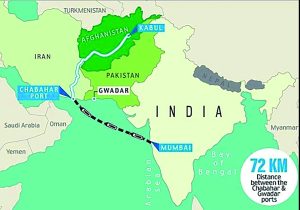
SC Verdict on Newsclick Shows Adherence to Due Pro...
Stay Invested: On Chabahar and India-Iran Relation...
Credit Rating Agencies, Impact on India’s De...
Catapulting Indian Biopharma Industry
Globalisation Under Threat, US Import Tariffs Have...
Global Report on Hypertension, Global Insights and...
<div class="new-fform">
</div>
